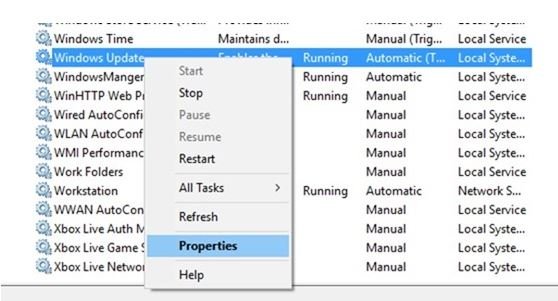That is stuck in my brain now, along with “Fruity oaty bars, they make a man out of a mou-ouse!”
Never mind.
I started playing Outer Worlds on the day of its release. I finished it last night.

Outer Worlds
I don’t have much time to play, and this took about thirty hours to complete. I got it on xbox gamepass. I would have been annoyed if I had paid full price (about $80) for it. It is fun, great, even, but just too short to justify that kind of price.
Character development is good, quests are not grindy, graphics are good if not dazzling (it uses the Unreal engine). The dialogue is very good, brilliant in places, and often funny or insightful.
The designers say you can develop your character and play any way you want. That is another way of saying that how you develop your character makes no real difference. Essentially you can put points anywhere and the game will still play out identically. The only exception is that to achieve the best outcome (getting different sides to talk to one another) in one particular scenario on Monarch, the second world you visit (not counting Groundbreaker), you must have a persuade skill of 55. Other than that, do what you want.
On the other hand, points into stealth/hack are pretty much wasted. There is always a way forward that does not require those skills. Put a few points into defence and whatever weapon group you prefer. Points in leadership raise your companions’ health and damage, but I think there is a better way to do this, and that is to raise science skills.
Science enables you to tinker with your and your companions’ armour and weapons, massively raising their damage and protection, and directly raising the damage of any science weapons you use. My weapons of choice were the prismatic hammer and the euthanasia kit, until I got Phin’s Phorce in Phineas Welles’ lab right at the end. That is one good gun.
The basic rule is, “Do the right thing.” Don’t steal, don’t kill anyone you don’t have to. Don’t kill anyone just because someone else tells you to. You can accept those quests, but talk to the intended victim first. In the case of Akande, when you get to her, just say no. She will attack you. Do what you need to do. Even though this is the right thing to do, this means you have no choice but to fight what is effectively the final boss, RAM, a well-amoured robot. This is the only fight in the game where you will need to think ahead.
Equip Felix and Parvati with plasma weapons too. Kill the drones first if you can, so you can concentrate on RAM. Keep your companions alive for as long as you can. If you have taken one of the perks that enables you to revive them during a fight that will help, but the chances are you will have to finish the fight on your own.
Then you rescue Phineas Welles, he makes a speech about how wonderful you are, and there is a nice slide-show previewing a hope-filled future in which the remaining colonists on the colony ship Hope are revived and Halcyon moves ahead.
It is engaging and well-written, but is too short for the price, and has little (none, really) replay value. Don’t pay full price for it.





